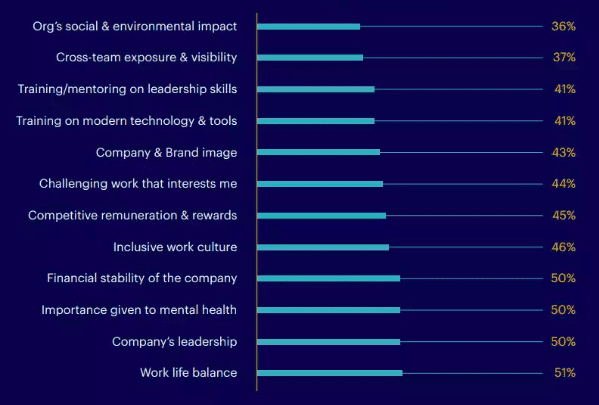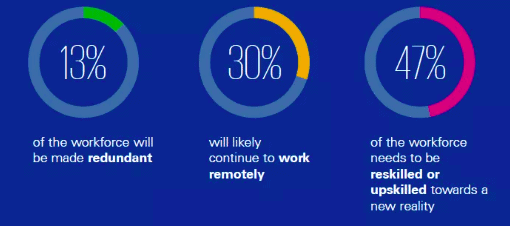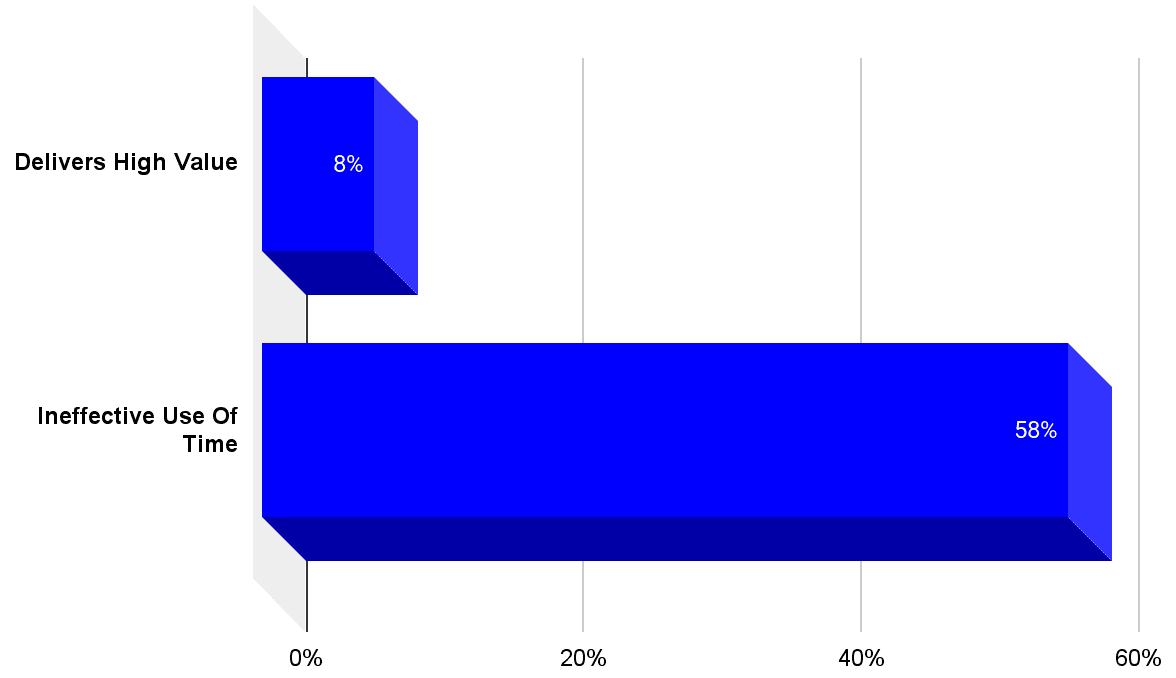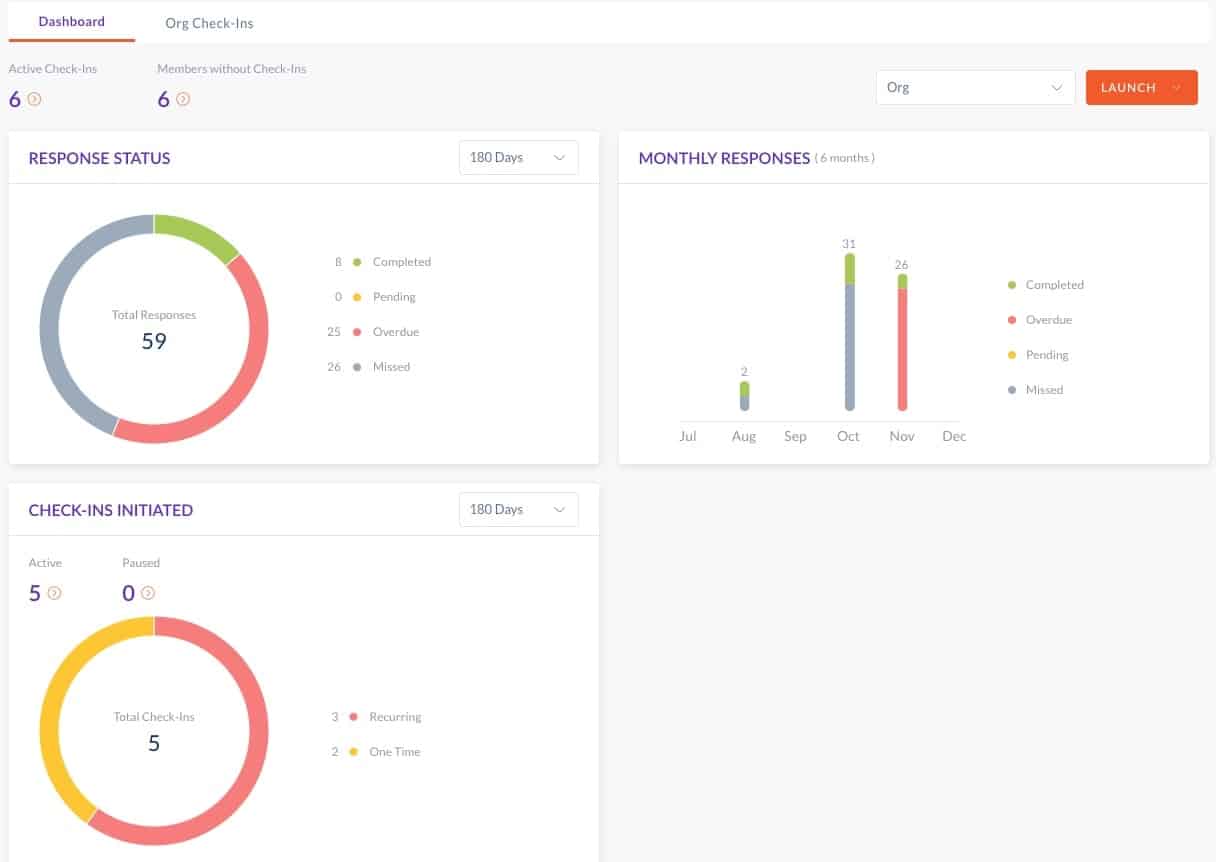A robust performance management system diligently monitors and records employees’ job performance through the integration of advanced technologies and methodologies. This system guarantees a consistent and accurate assessment, aligning employees with the strategic objectives of the business.
By leveraging a combination of cutting-edge tools and strategic approaches, the performance management system facilitates employees in making valuable contributions toward the overall success of the organization.
Performance management comprises various vital HR functions like continuous progress review, real-time feedback, frequent communication, training employees to improve performance, recognizing good work, rewarding improved performance, goal-setting, etc.
A performance management system, a.k.a. HR performance management system, helps HR managers establish clear performance expectations through which employees can easily understand what is expected of their job. It enables managers to instill in their employees the importance of individual accountability for meeting goals and evaluating their own performance.
Also read: Importance of employee performance management system
Performance Management System for the Modern Workplace
The changing technical landscape, irregularities in the global supply chain, the great resignation, and the sudden shift to a hybrid workplace setup are putting forth innumerable challenges to businesses. To remain competitive in the current global market, it is necessary to have a continuous performance management system. Such a system will help in realigning resources towards organizational objectives and also provide warning signs to highlight problems in workforce performance and practices.
Businesses need a flexible, smart, and technically advanced performance management system that forms the foundation of conversations, changes, and progress. That’s why companies such as Google, Microsoft, Netflix, Adobe, Uber, and many others have transformed their performance management systems. They no longer work on an annual performance grading system but on a continuous system that can help employees stay productive and make them accountable for their transformational growth.
Furthermore, more than productivity and efficiency, consumers are now valuing innovation, creativity, and problem-solving. To live up to these expectations, organizations need to continuously improvise their performance management strategies.
Organizations must rethink and redefine their performance management practices as new-age workplaces replace traditional work setups.
Performance Management Cycle Stages
There are 4 stages in a performance management cycle.
- The planning phase is where leaders and managers create SMART goals for their teams
- Monitoring through check-ins and feedback to track the progress made on goals
- Reviewing the overall performance of teams to contemplate what worked favorably and what didn’t
- Rating and rewarding involves rating employees based on their performance and rewarding them suitably to motivate them.
Performance Management System Components
An employee performance management system includes multiple components that are essential to creating an engaging and productive work environment. They build on the foundation of performance management by providing a platform to manage, track, and assess employees’ performance. Let us understand the different components of the performance management platform and how they help in employee growth and development.
1. Objectives And Goal Setting
Planning is a crucial component of performance management. Setting challenging goals motivates employees to improve their performance rather than having no goals at all.
Goals aren’t just meant to be set for individual employees; they work better if you have departmental goals and align them with your organizational goals. A performance management system that doesn’t allow you to set goals or plan doesn’t contribute to improving organizational productivity.
Performance goals should be set in collaboration, both by the manager and their direct reports. Discussing and setting goals together helps managers and their employees gain a better understanding of their current performance and their future performance abilities.
Also Read: Guide To Setting Employee Goals Through Engagedly
2. Ongoing Communication
The next component of the performance management system is communication. Having an effective performance management system in your organization helps you create a culture of ongoing communication about your team’s goals, training, etc. Having an internal communication tool can simply do all this.
It is always good to follow up on what your direct reports are working on and how they are managing to meet their goals. This keeps them motivated. As a manager, you can help them improve by giving them suggestions about their work without having to wait for the next performance review.
Also Read: Download the ultimate guide to employee engagement survey and templates
3. Performance Review
This is the part where managers give their reviews of the performance of their direct reports. These reviews are generally annual or quarterly. For a yearly appraisal sample, explore these helpful performance review examples. The general review procedure is a self-evaluation done by employees, followed by a thorough review by a manager.
An important aspect of performance reviews that has changed recently is peer evaluation: 360-degree feedback. 360 feedback and peer evaluations allow employees to evaluate their managers and help them understand where they can improve themselves and how. The process of rating one’s manager can be complicated, but once it becomes a practice, the overall team productivity increases.
4. Recognizing Good Performance
Recognizing good performance is as important as identifying bad performance. When employees do not meet business expectations, it is important for them to understand where they are lacking. This helps them do it better the next time.
In the same way, when employees accomplish something or go out of their way to accomplish a goal, as a manager, you should recognize their effort. Most performance management systems come with employee reward programs that allow managers to reward their employees or publicly praise them for their contributions. This may seem small, but it is one of the most crucial components of a high-performance culture.
5. Feedback & Suggestions
A performance review does not end with either “good work” or “needs improvement.” Giving proper feedback and suggestions to improve performance is the next important component of a performance management system.
This component allows you to tell your employees exactly where they need to improve and how to make it possible. Studies state that employees who receive frequent feedback on their performance are more likely to contribute to organizational success. Therefore, it is a good practice to have a feedback process in place to help improve organizational performance.
Also Read: How Important Is Feedback In Today’s World?
6. Learning & Development
Learning and development are critically important for the success of any organization. Inculcating a learning culture can motivate employees to reskill and upskill themselves and be a part of a dynamic, skilled, and knowledgeable workforce. Additionally, it helps in retaining employees and creating a brand image.
Integrating a performance management system with multiple individual platforms enhances active learning within the organization. Through interactive features like course design and assignment, managers can assign courses and modules to employees.
Furthermore, it can also be used to conduct check-ins to understand the progress made by employees. Either way, L&D should be a continuous process, and managers should encourage employees to learn more and develop their performance potential.
Conclusion
Let’s be real – the days of dreading your annual performance review are (thankfully!) behind us. Today’s performance management isn’t just about checking boxes and filling out forms. It’s about creating an environment where people can actually do their best work and grow.
Think about it: We’ve got six powerful pieces working together to make this happen:
- Smart goal setting that actually means something
- Regular check-ins (because who wants to wait a whole year for feedback?)
- Performance reviews that focus on growth, not just grading
- Recognition that makes people feel valued (because we all love a pat on the back!)
- Real, honest feedback that helps people improve
- Learning opportunities that keep things fresh and exciting
Here’s what’s really cool: Companies like Google, Adobe, and Netflix have already figured this out. They’ve ditched the old-school annual review system for something way more dynamic. And honestly? It’s working out pretty well for them!
Look, we spend way too much time at work not to have systems that actually help us succeed. The best performance management doesn’t just track what people are doing – it helps them do it better. It’s like having a GPS for your career: it shows you where you are, where you’re going, and helps you figure out how to get there.
Remember: Great performance management isn’t about keeping score – it’s about helping everyone level up. And in today’s fast-moving world, that’s exactly what we all need to stay ahead of the game.
So, what’s your next move going to be? Maybe it’s time to take a fresh look at how you’re managing performance in your organization.
Frequently Asked Questions
Q1. What is a performance management system and how is it important?
Ans. Performance management is a system of processes and tools that helps leaders track and analyze the performance of their employees and mentor or coach them to help them work at their highest potential.
Q2. What are the stages of a performance management cycle?
Ans. The different stages of a performance management cycle are as follows:
- Planning
- Monitoring
- Reviewing
- Rating
Q3. How does a performance management system help?
Ans. It helps by providing real-time analysis of employees’ performance and helps leaders understand the learning needs of employees. It helps in the achievement of organizational goals by aligning employee activities to the company’s objectives.
Q4. What is the role of the performance management system?
Ans. The role of the system is to align employees’ activities to achieve optimal performance and fulfill the organization’s goals. This is done through constant tracking, analyzing performance, and providing coaching to employees based on the requirements and observations.
Q5. What is PMS in HR?
Ans. PMS in HR is a systematic and objective method for consistently measuring employee performance. This approach empowers companies to monitor progress towards strategic goals, ensuring effective collaboration among employees and departments to achieve desired outcomes.












 Source: Profit.co
Source: Profit.co


